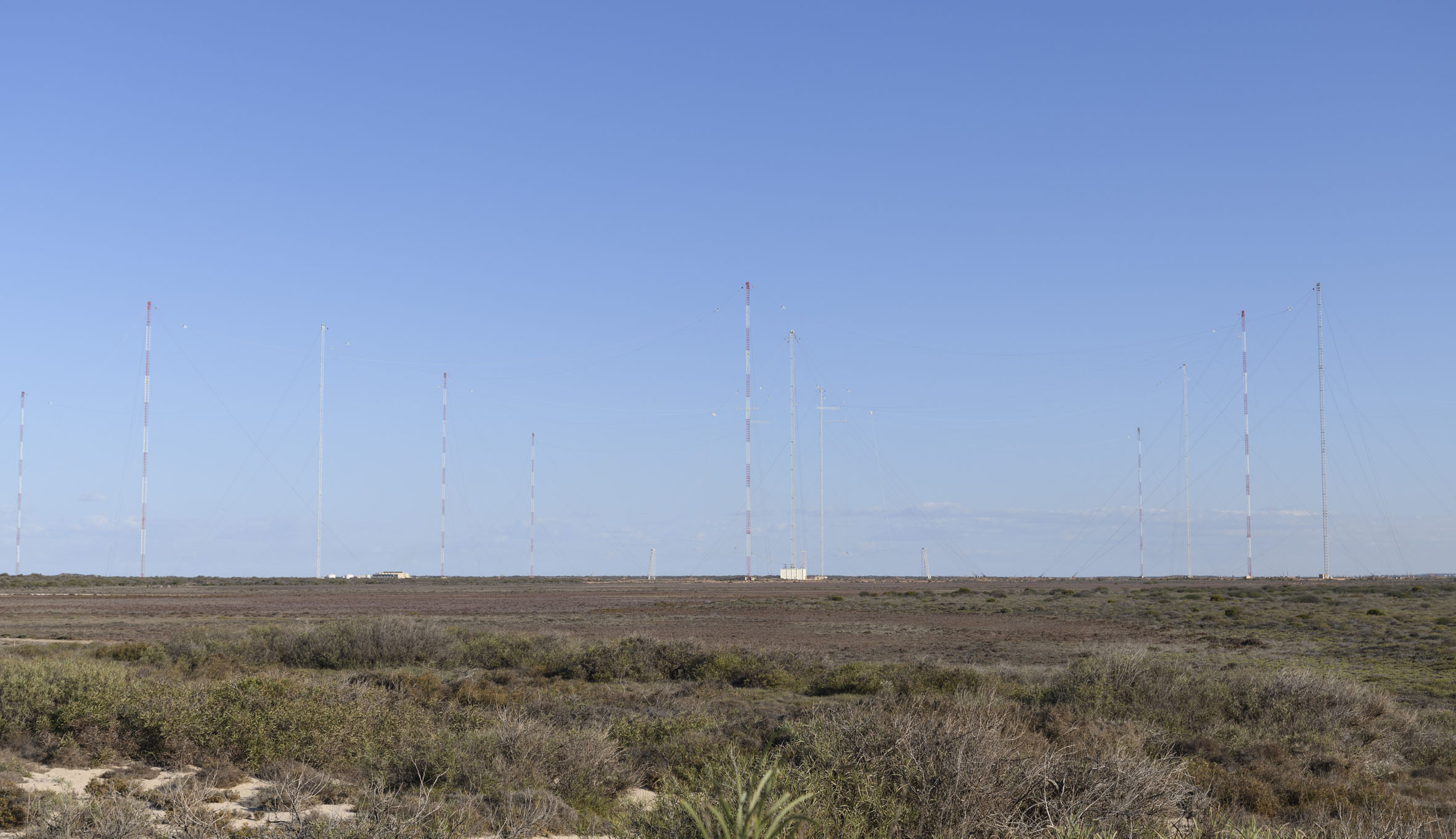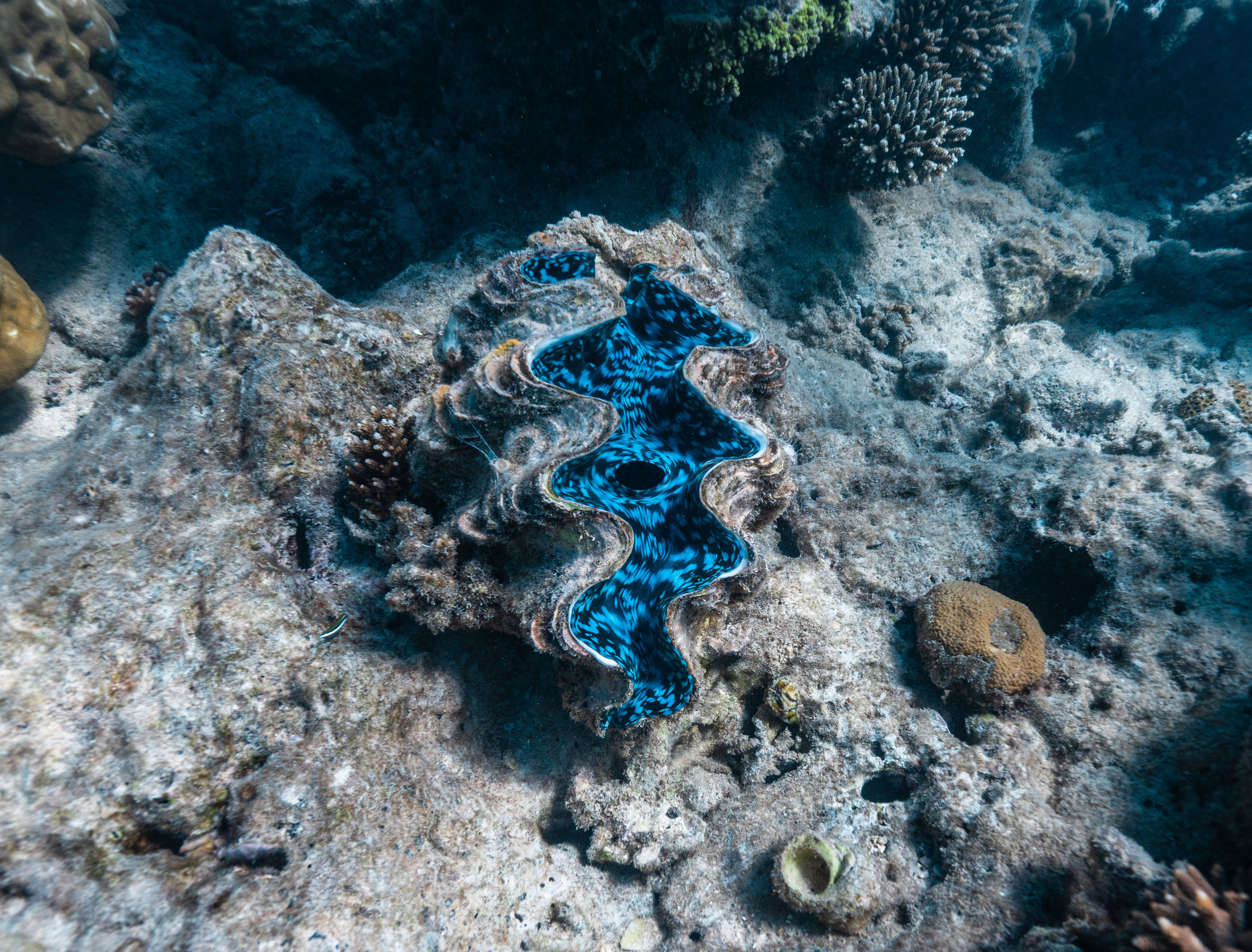

The word ‘vast’ takes on a new meaning in Western Australia. The infamous ’90 Mile Straight’ on the Eyre Highway is located in a time zone used by just five roadhouses, the sparsely populated electorate of Durack is over four times the land area of Spain and at dusk flies congregate in astronomical numbers from as far as the eye can see to find you, the unlucky tourist. It is perhaps no surprise many visit this land of expanded scales to admire the giant boabs of the Kimberley, the geological marvels of the red Pilbara, and for many the most anticipated bucket-list item, swimming with the world’s largest fish - the whale shark.
From April to July every year these gentle giants gather in the warm waters of the Ningaloo Reef. They grow up to 12 metres long but feed on small planktonic organisms like krill and pose no threat to humans.
The Northwest Cape peninsula separates the most famous part of the Ningaloo coast on the west with Exmouth Gulf on the east. Access to the reef requires rounding the cape, effectively driving to the tip of the peninsula to go around a heavily eroded mountain range dotted with canyons.
En-route I am reminded of the recency of outside influence in this area of extreme climate. In 1907, The SS Mildura carrying cattle from Fremantle was wrecked in shallow waters nearby and Vlamingh Head Lighthouse was built in 1912 – one of very few to see both sunrise and sunset over the horizon. The location of the Exmouth Gulf on the eastern side of the cape became significant in WWII when the site was chosen by the allies who urgently needed a sheltered refueling base for submarines in the war against Japan.
The town of Exmouth was born with significant ties to defense and American troops. This influence deepened during the Cold War a hexagonal network of ultra-low frequency (ULF) towers were built to facilitate submarine communication with the central tower being 387m tall.





While defense ties remain strong, Exmouth’s economy today is largely driven by tourism. This winter visit 1200km north of Perth is hardly undiscovered and camping spaces on the Ningaloo coast are notoriously difficult to book. I fortunately secured a spot through cancellation. I wanted to amend the booking to accommodate two friends with whom I had shared same route since the eastern end of the Nullabor.
Rounding the cape and heading back south I arrived at Milyering Discovery Centre. The kiosk provided relief from the midday heat.
‘Can I add two friends and a vehicle to my site for the second night?’ I showed my booking on my phone.
‘I can do it. We may need a few minutes.’ The ranger brought up the portal window on the monitor which showed an error with almost perfect timing. We both smiled. I took time to admired the small range of souvenirs and handy collection of sun creams.
‘Can you tell me about kayak snorkeling opportunities while we wait?’
She found a black and white photocopy of a brochure. ‘There are three white buoys are for kayaks at Osprey Bay located around 1km from shore. You may see a tour group in the morning.’
For the past few weeks I had felt the WA Parks booking system could have been better designed by a toddler. Her booking portal looked remarkably similar to mine. ‘Is it true you also can’t see a date grid of availabilities for campsites?’
‘Trust me, I dislike the booking system as much as you. I also need to click through one day at a time.’
Thankfully we were soon processed the request and I visited a few beaches and canyons on the way to camp.




Ningaloo Reef is extraordinary for a few reasons. The reef is accessible and located as little as 400m from shore. While most reefs are associated with lush tropical surroundings, the region receives only 270mm of rain a year and is more akin to a desert with deep ravines cut by creeks exiting to sea.
I did not regret purchasing a used kayak in Perth. Next day, it helped me access secluded parts of the inner reef and with water at 26 degrees it was possible to snorkel for long periods before reentering and paddling to the next buoy.
I came with no underwater photography experience and brought an old GoPro 5 to learn and experiment with. It didn’t take long for me to notice how wide the field of view was. While great for capturing yourself in any surrounding, it was difficult to capture details on any subject unless they were very close. I also found my hand was not always steady enough when duck diving and photos often had motion blur. Despite this I had a few ‘keepers’.





The kayak was also great to have for exploring the gorge at Yardie Creek. Ospreys and other birds nested in the hollows of the towering walls. Ospreys were a common sight on the west coast and can often by seen hovering over water and standing on vantage points near water.






That evening I admired the sunset with my travel buddies and many, many flies.

The next day, With the morning still cool I departed to meet the whale shark tour. This was no small operation with what felt like 500 guests joining the different operators. The gravel carpark was dusty with almost 20 minibuses ferrying in tourists. Thankfully, the concerns I had about having a highly commercialized experience were quickly resolved.
After a round of introductions with the twenty guests and a safety briefing the crew showed how we get on and off the boat. ‘This method of climbing back onto the boat is called the mermaid,’ our guide demonstrated a graceful roll ending with her fins in the air.
‘And this method is called a dugong’ she lolloped onto the deck.
The top gun theme was played. ‘We have a spotter plane shared between our boat and our sister vessel.’ The captain explained that we assume the whale shark will swim in a straight path. Snorkeling guests will be dropped off next to its projected path and swim as fast as they can before they are inevitable overtaken. The first group of snorkelers then get back on the boat to rest while a second group repeats the procedure.
The day started and finished with time exploring the inner reef. We even met a friendly giant grouper. Photo credits go to our onboard photographer Robbie Wootton.




The water was choppy while we searched for the whale shark in the outer reef. Once we found first one, the frenzy of activity began. Jump off, swim on either side of the whale shark, get back onboard, rest and repeat.
Watching a whale shark feed however brought a sense of calm. It was gentle, relaxed and appeared entirely fixated on finding food. Sun rays lit the matte white spots on its back and remora fish accompanied below. I thought about times on this road trip when I had tried to think about too many problems at once, when I had felt anxious and how I wish I had this quality then. Just focus on the now and only what is here. Almost everything can wait.
For a while the whale shark swam at a reasonable speed, but it soon sped up. Its enormous tail moved so slowly and gently yet we could not catch up. It was time to get out and reset.



It was no exaggeration to say the five swims combined were exhausting. Then, as quickly as the tour had kicked off, the congratulatory drinks were handed to guests. In some ways, the past few days had been standard first time experiences for a self-driving visitor – similar 2wd accessible attractions, time spent snorkeling and being put at the mercy of the comically bad WA Parks booking system. In other ways, I felt a level of intimacy seeing an osprey eating from water level and was appreciative of an enthusiastic crew who genuinely enjoyed showing guests the finest of Ningaloo Reef in a day.
Sipping on a Exmouth brewed Whalebone Lighthouse Lager, it occurred to me that it was strangely unjust that the remora fish provided a service to its host by eating dead skin and parasites but flies from the past two weeks had provided nothing at all. Nevermind – I’d rather focus on the dolphins swimming by.
